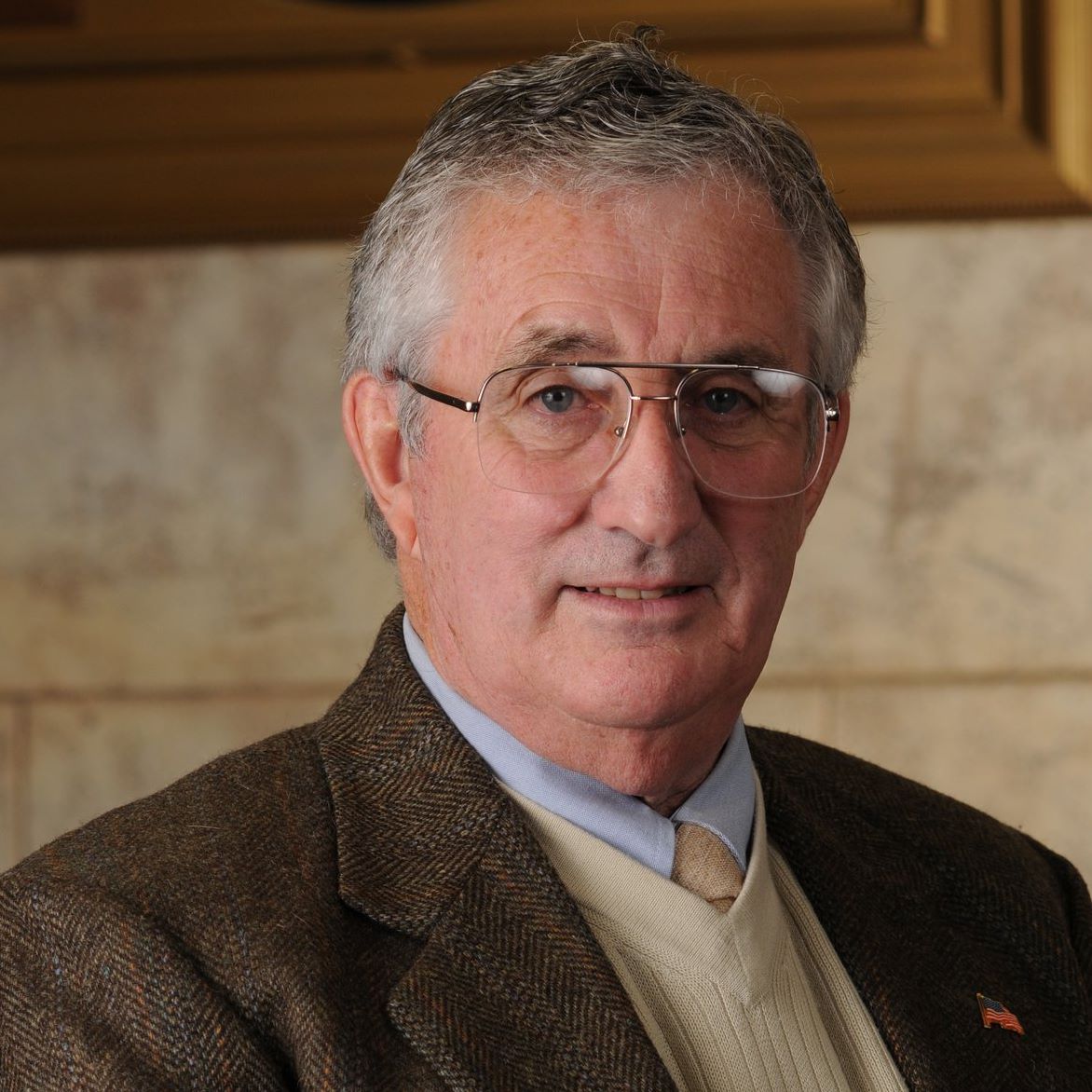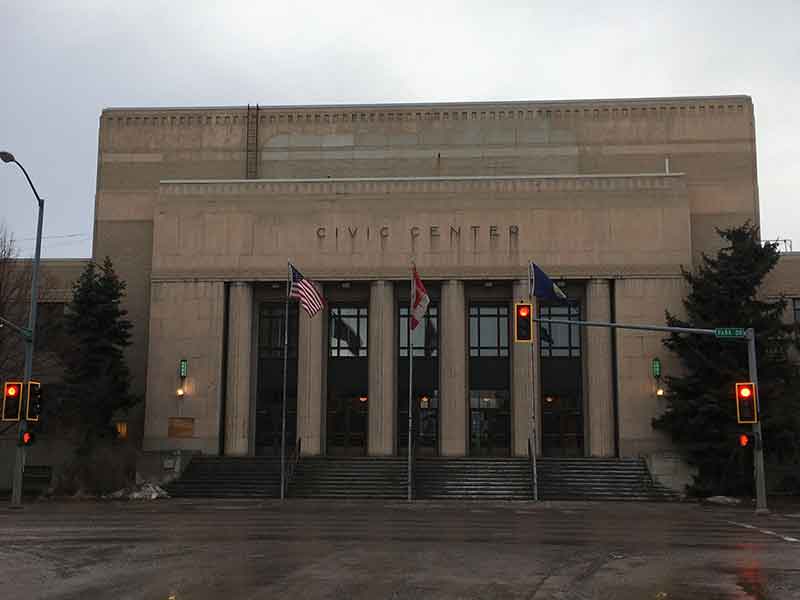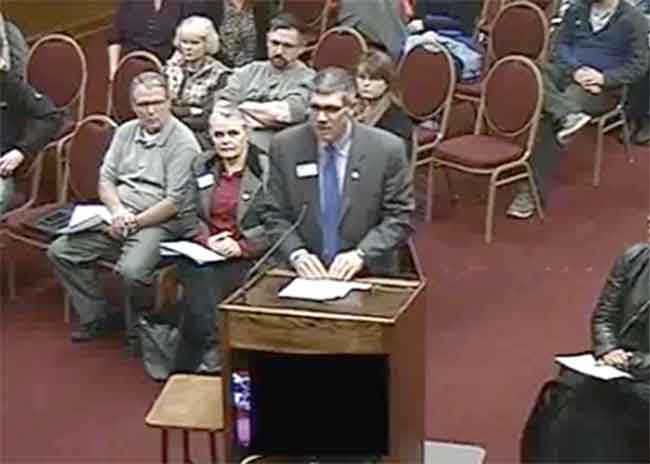On Tuesday, May 16, Gregg Smith wrote a post about the City’s CDBG allocation process, our fifth and most recent article on the topic. Since the publication of our first CDBG content on April 27, this blog has received nearly 8,000 page views. Suffice it to say, then, that this has swelled into an issue of significant community interest. Things…
Category: Economic Development
Conundrum
noun co·nun·drum Our City Commission seems to be faced with a difficult decision, or as Commissioner Bill Bronson says, “it’s a conundrum.” Here’s the issue; to vote for a zone change which would allow a four story motel, approximately 50 feet high, close to the 10th Ave S/Fox Farm intersection, or to vote against it in…
Cracking The River City Echo Chamber
“We created an echo chamber,” he admitted, when I asked him to explain the onslaught of freshly minted experts cheerleading for the deal. “They were saying things that validated what we had given them to say.” – Ben Rhodes, former deputy national security advisor to President Barack Obama, in the New York Times Magazine. While…
Tryon: Wages, Population Stagnant; City Taxes And Utilities Up
With the City of Great Falls moving past the financial fiasco of the $5,553,054 bailout (decrease in unassigned General Fund balance) in 2013 to cover the electric power business (see City 2014 CAFR Financial section, p. 14), the City’s financial position has improved, but the needs of the City are still great. The façade of the…
More On The GFDA
After our reporting (and thanks to our tipsters!), KRTV ran a story about Brett Doney’s gloomy review of the Great Falls job market. Apparently, the state of Montana disagrees with Doney: But the Montana Department of Labor says the GFDA report is inconsistent with state numbers. Chief Economist Barbara Wagner says there were roughly 300 jobs…
Dismal Jobs Report Means It’s Time For Real Change In Great Falls
We should be at the Defcon 1 level of concern after hearing Brett Doney’s comments about our local economy. His analysis in this instance is very disturbing but not surprising. Not surprising to me because I’ve been watching what I call the ‘Glass Half Empty/Half Full Switcheroo” for a long time in this town. Here’s how it…
Poll: Economic Development Mill Levy
As we reported a couple of days ago, and as the Tribune reported yesterday, the GFDA is recommending that: …Cascade County commissioners place a three-mill economic development levy before county voters this spring during a special election to generate $450,000 a year that can be used to create more jobs. It won’t be a large one: A…
Brett Doney Said What?!
Phil Faccenda made reference to it in his very good piece yesterday, and we have received a number of tips about it recently… but we’re still grappling with some of the comments made by Great Falls’ economic development chief, Brett Doney, at the Jan. 3 City Commission meeting. Most glaringly, Doney said that Great Falls lost “707 net jobs” in…
GFDA Angling For Mill Levy
There are some interesting items in today’s GFDA Quarterly Investor Letter, and perhaps none more so than priority #2: 2) Put a 3-mill economic development levy before Cascade County voters on the special election ballot to replace Ryan Zinke. Passage of this small levy would generate about $450,000 a year to make Great Falls and Cascade County more competitive in…
On Calumet: Red Lobster Or Red Herring?
Ask your average person on the street what they would like to see relative to economic development in Great Falls and there is a good chance they would say, “Red Lobster.” Then ask them if they would rather see a Red Lobster, or an expansion of the Calumet Refinery, and again they would probably answer,…










